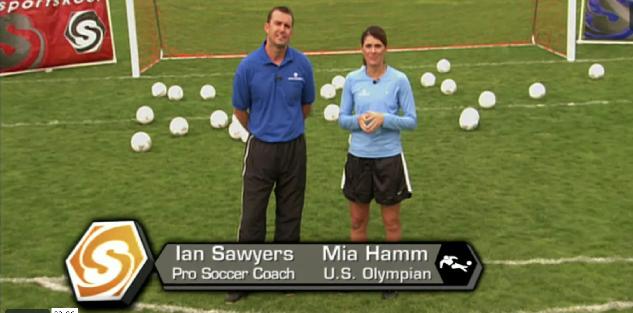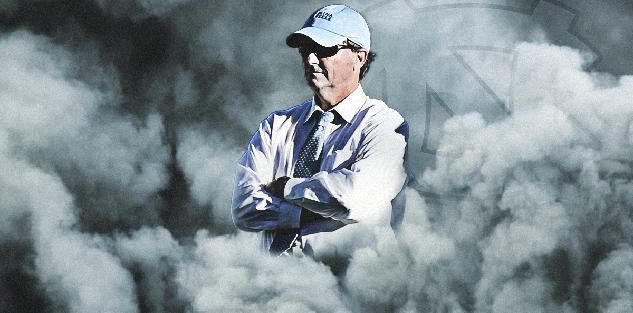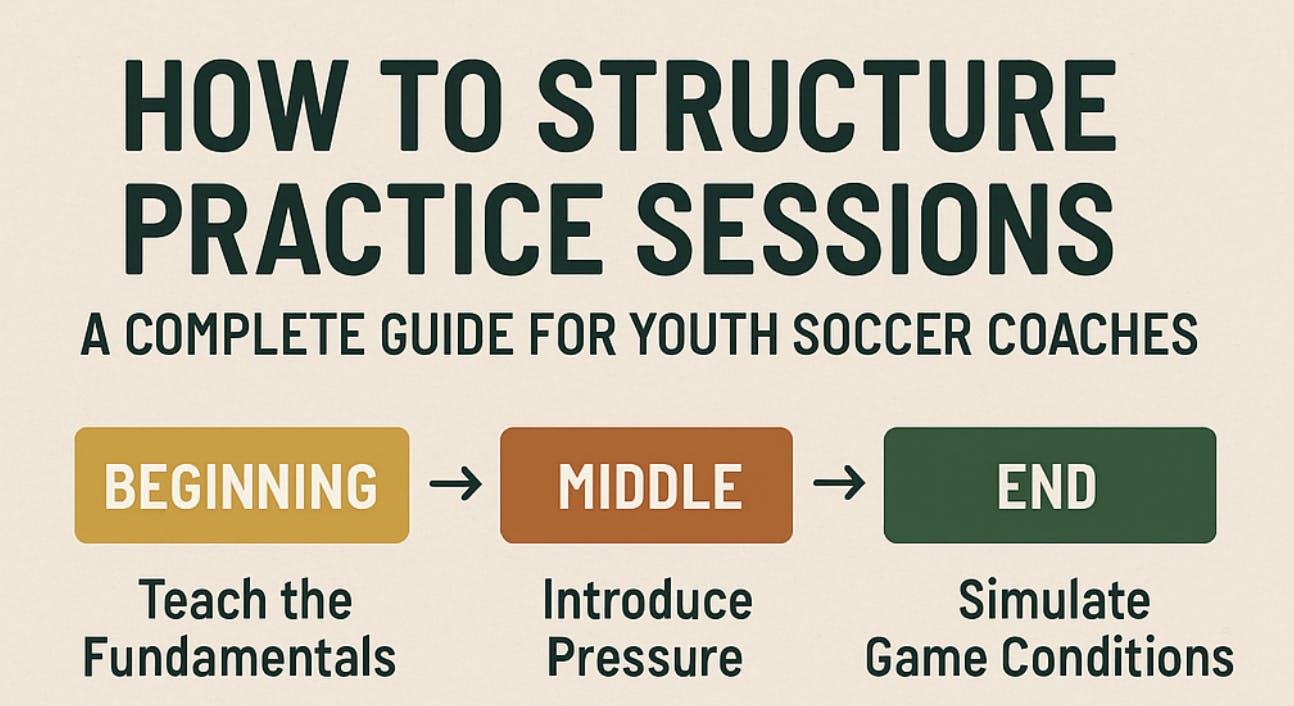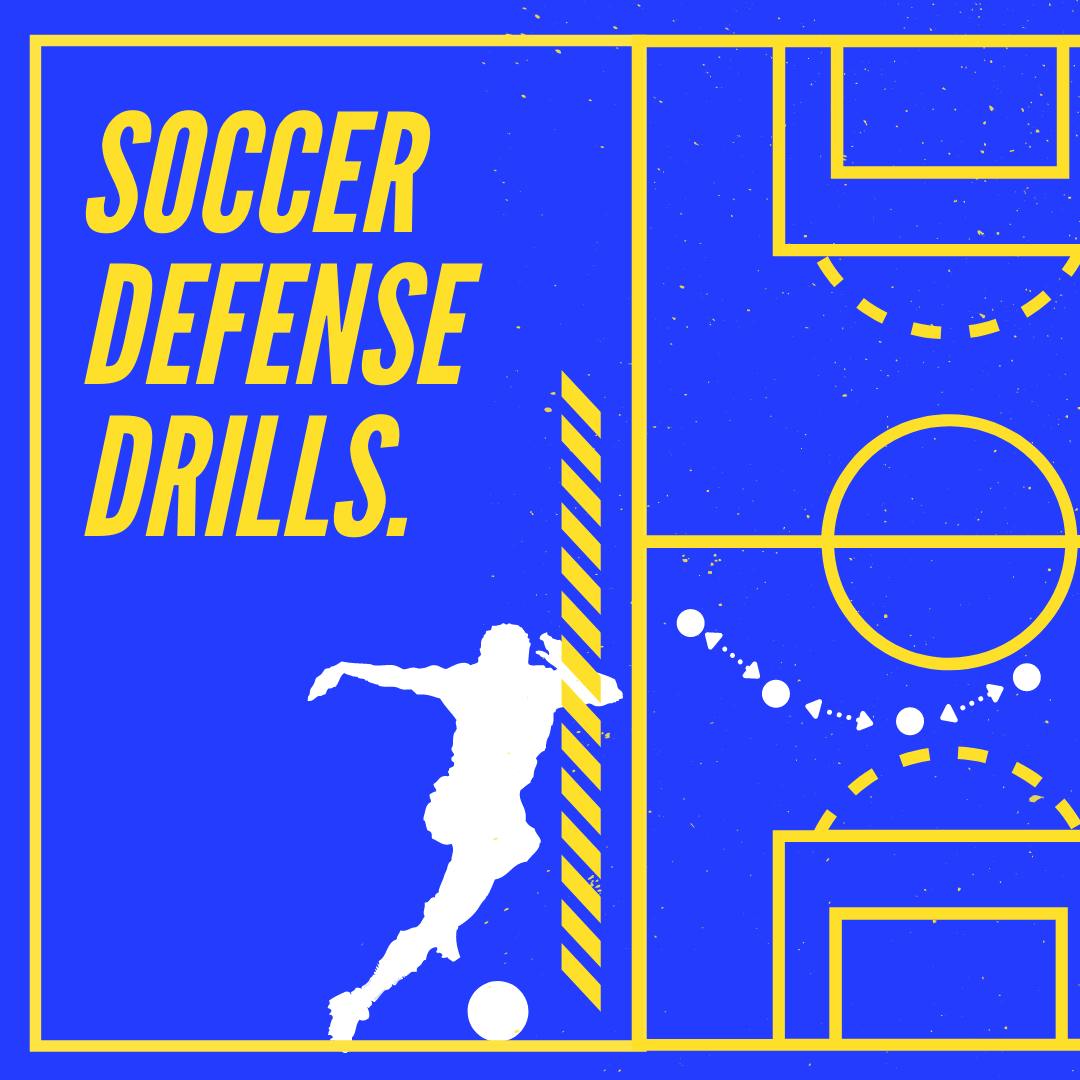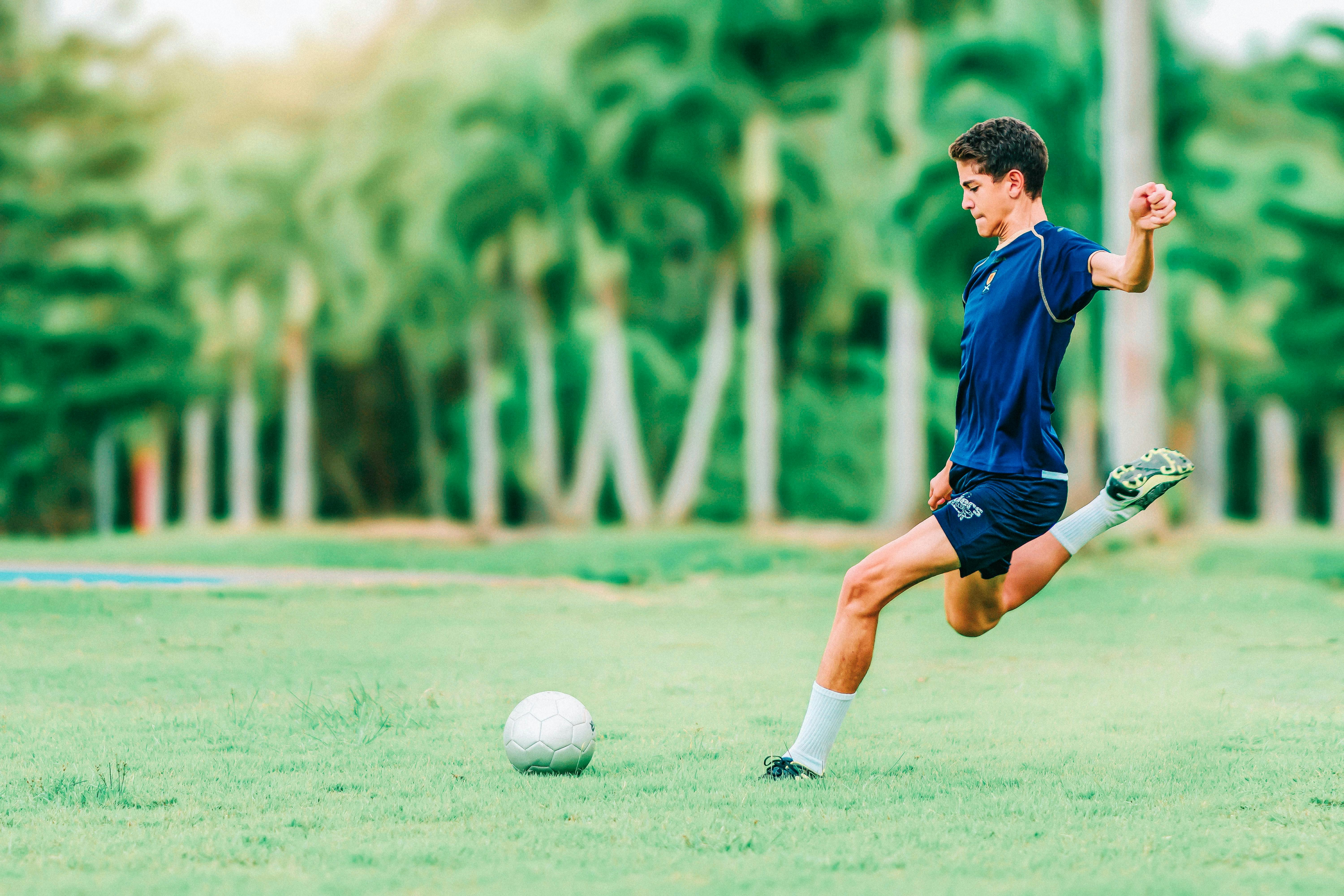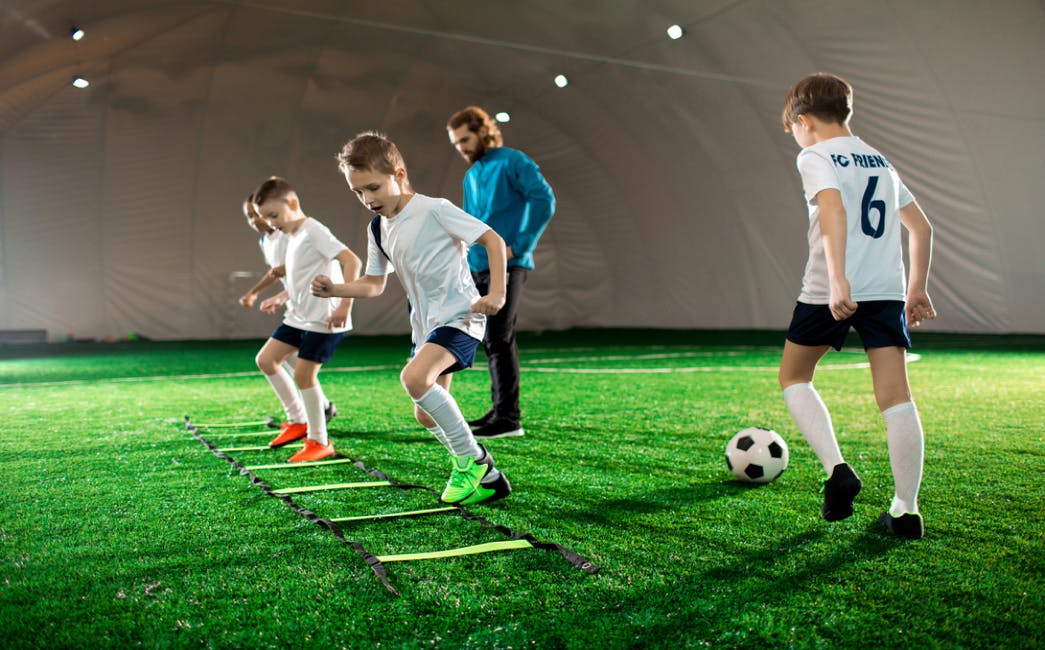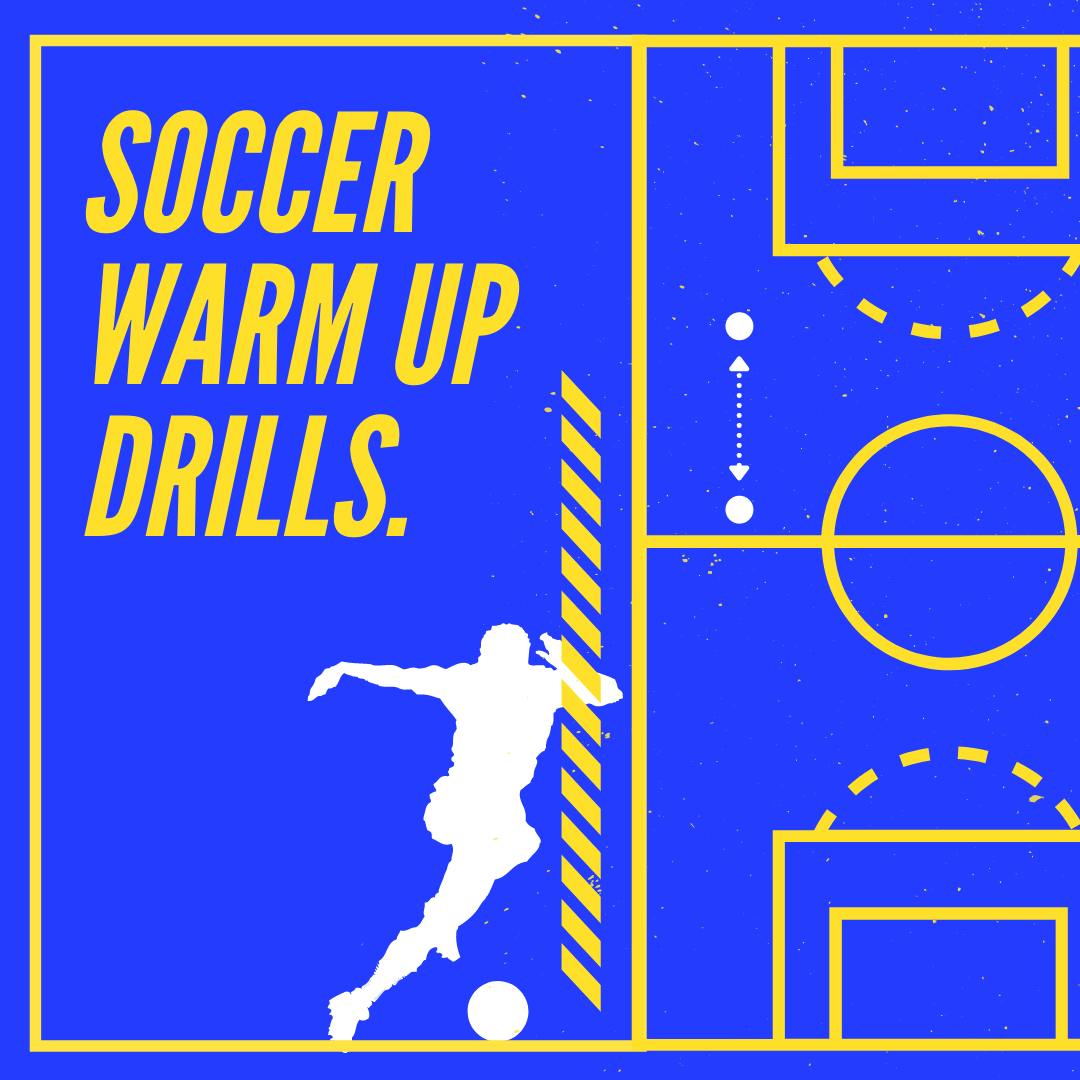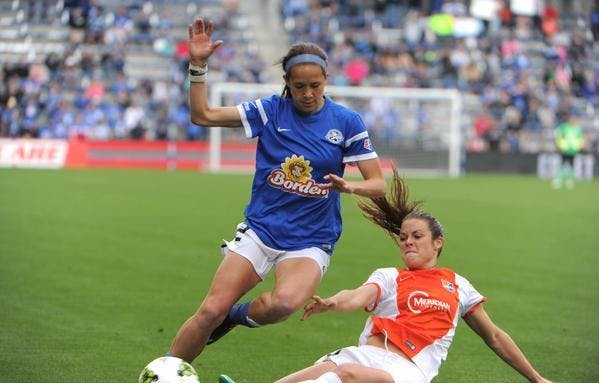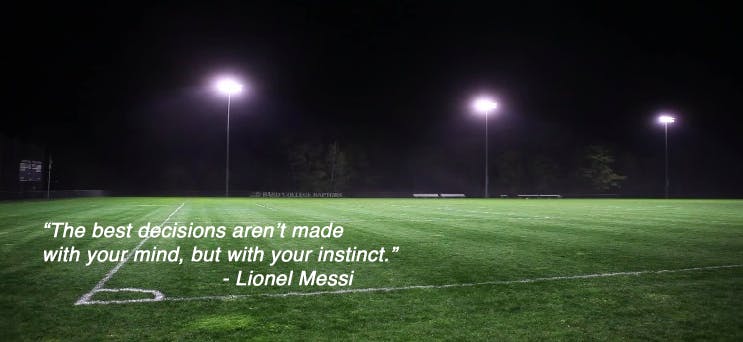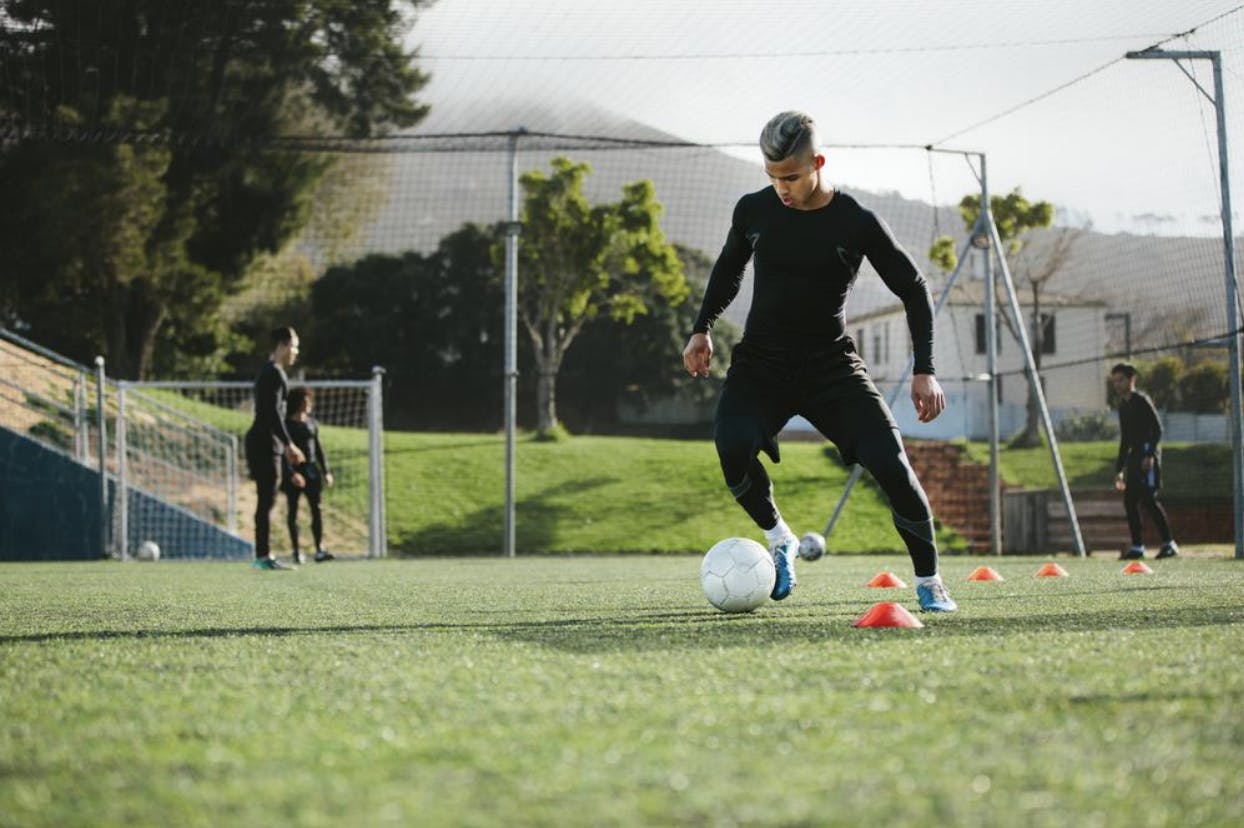Great practices don’t happen by accident—they’re the result of thoughtful planning, clear objectives, and an understanding of how players develop over time.
As a youth soccer coach, your job is to create an environment where players can improve technically, grow in confidence, and have fun. Structuring your training sessions with a proven framework ensures you're meeting your players where they are developmentally and helping them build up their skills progressively.
Why Practice Structure Matters
The best youth soccer sessions follow a logical progression—from learning a technique, to applying it under pressure, to executing it in a game-like setting. This structure mirrors how players naturally learn and adapt. When practice is organized with intention, players are more engaged, better prepared for game situations, and ultimately, more successful.
The 3-Part Practice Framework
Let’s break down a typical session into three phases: Beginning (Individual Technique), Middle (Small-Sided Pressure), and End (Game Conditions). This model gives you the flexibility to focus on different skills while creating consistency and flow in your coaching style.
1. Beginning: Teach the Fundamentals (Individual Work)
This is where players are introduced to the technical focus of the session—whether it’s passing, dribbling, shooting, or defending. There should be no defensive pressure, allowing players to gain confidence and proper technique at their own pace.
Introduce the concept or skill with a clear demo.
Have players perform the skill individually.
Set individual targets (e.g., 10 successful passes with both feet).
Progress to performing the technique at game speed.
By the end of this phase, every player should understand what the skill looks like and feel comfortable executing it in a controlled environment.
2. Middle: Introduce Pressure (Game-Related Skills)
Now it’s time to challenge players by adding a layer of passive or active pressure. Think 1v1, 2v2, or 3v3 scenarios where players must apply the skill in a competitive setting. This builds decision-making and reinforces the technique in more realistic conditions.
Start with passive pressure (defenders give light resistance).
Gradually increase to full pressure (defenders try to win the ball).
Encourage creativity, quick decision-making, and spatial awareness.
Rotate roles so every player experiences offense and defense.
This phase transitions the skill from isolated practice to situational awareness and reaction—critical for real-game success.
3. End: Simulate Game Conditions
The final portion of practice should look and feel like the actual game. Use small-sided games (e.g., 4v4, 5v5) with coaching conditions that reinforce your technical focus. This allows players to apply what they’ve learned in an open environment.
Use short-sided or odd-numbered games to increase touches and decisions.
Add specific rules to emphasize your focus skill (e.g., 2-touch max, must complete 3 passes before shooting).
Encourage communication and team play.
Give players feedback, but let the game teach too.
Game-like drills bring intensity, excitement, and real pressure to your session. This is also the phase where fun and competition can truly shine.
Free Practice Session Planning Template
Use this simple template to prepare every session with confidence and structure:
Warm-Up (10 mins)
Objective: Get players moving, increase heart rate, light technical work
Examples: Dynamic stretches, dribbling relays, rondo keep-away
Beginning Phase (15–20 mins)
Objective: Introduce technical focus in isolation
Examples: Passing pairs, cone dribbles, shooting on open net
Middle Phase (20 mins)
Objective: Apply technique under pressure
Examples: 1v1 challenges, 2v2 games, transition drills
End Phase (20 mins)
Objective: Simulate game conditions with constraints
Examples: 4v4 games, small-sided scrimmages with touch/pass rules
Cool Down & Recap (5 mins)
Objective: Stretch, reflect, give feedback
Examples: Static stretching, quick Q&A, positive reinforcement
Final Thoughts
There’s no single “right” way to coach—but having a clear, structured approach to every practice will elevate your players’ development and make your job as a coach more rewarding. Build your sessions around a purpose, adapt to your group’s needs, and never forget to keep it fun.
Remember: when players are learning and enjoying the game, everyone wins.
Further Learning
For coaches working with players ages 10 and up, Nick Harrison offers a valuable course on CoachTube that expands on the ideas shared here. It covers session planning, skill development, and age-specific coaching strategies.
Explore the course here:
Coaching Youth Soccer: Ages 10 and Up0 and Up
Thanks to Nick Harrison for sharing his insights and helping coaches continue to grow.

